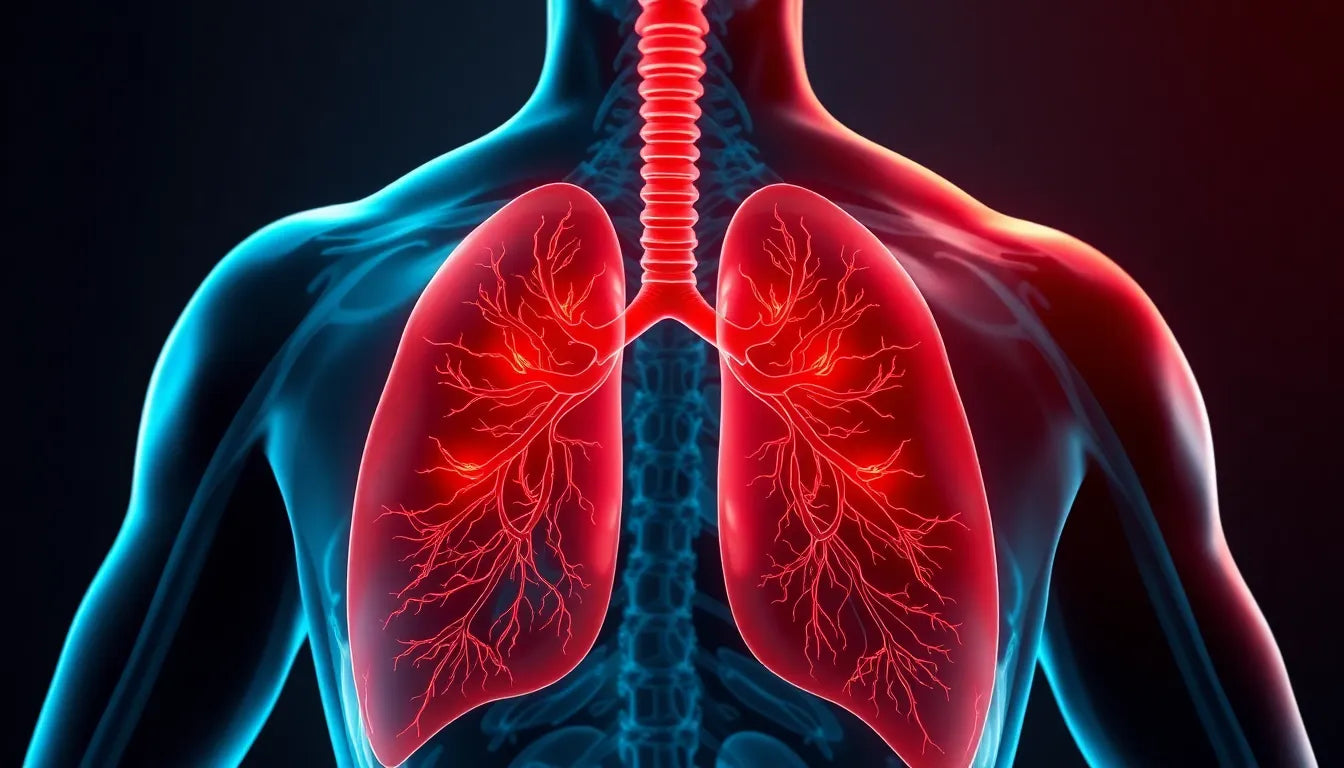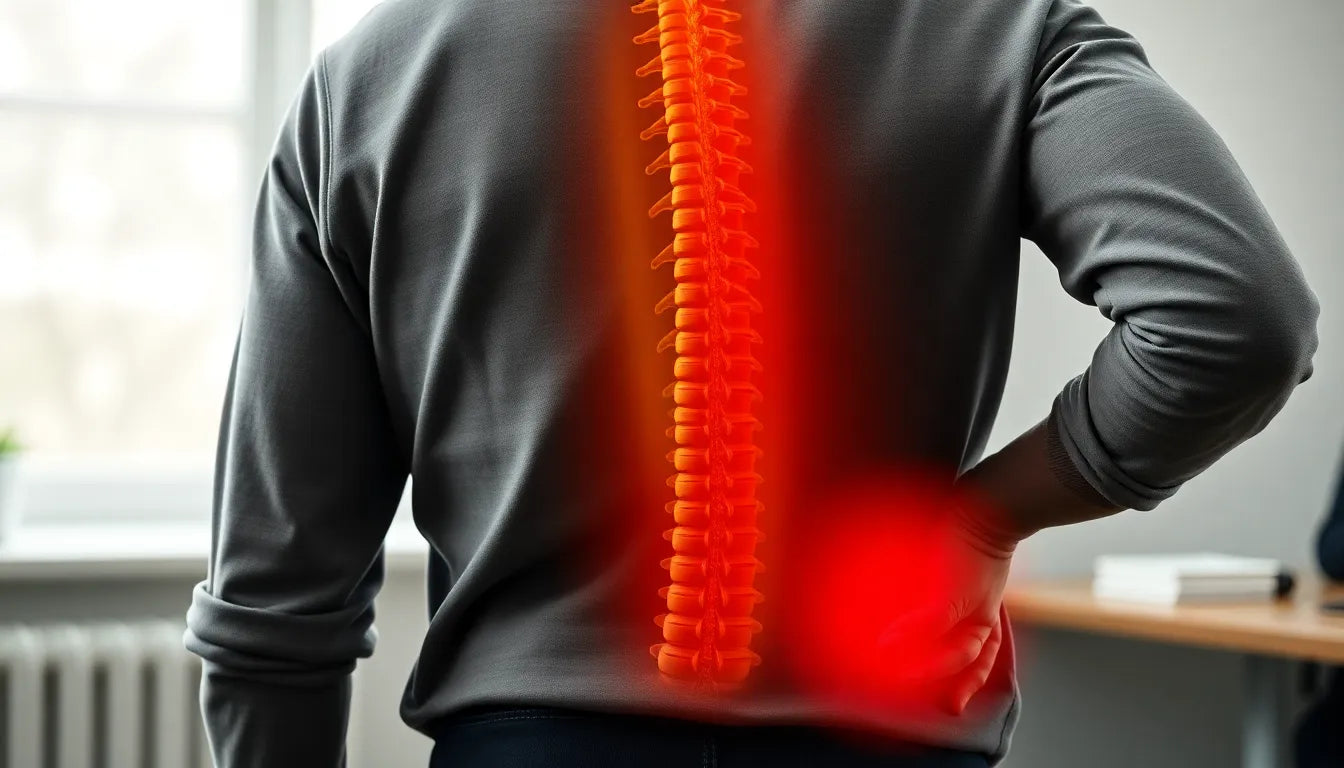Have you ever felt a nagging pain in your shin even when you're not active? You're not alone. Many people experience shin pain at rest, a condition that can disrupt daily life and hinder physical activities. This type of pain is particularly perplexing because it often occurs without any immediate physical exertion, leaving many wondering about its origins and how to find relief.
the unexpected nature of shin pain at rest
Shin pain at rest can be an unexpected and frustrating experience. Unlike the typical soreness that follows a rigorous workout, this pain can appear seemingly out of nowhere, catching you off guard. It's a discomfort that can linger, affecting your ability to relax and enjoy leisure time. The irony of experiencing such pain while at rest highlights the complexity of its underlying causes, which are not always immediately apparent.
understanding the causes and seeking solutions
The purpose of this post is to shed light on the causes of shin pain at rest and explore effective solutions. By understanding the factors that contribute to this condition, you can take proactive steps to alleviate discomfort and prevent future occurrences. Throughout this article, we will delve into medical insights and practical strategies that can help you manage and overcome shin pain, ensuring you can return to your daily activities with ease.
In the upcoming sections, we will explore the various causes of shin pain at rest, including overuse injuries and biomechanical factors. We will also discuss the progression of symptoms and provide a comprehensive guide to managing and relieving this condition. Whether you're an athlete or someone who simply wants to enjoy a pain-free lifestyle, this post aims to equip you with the knowledge and tools needed to tackle shin pain effectively.
understanding the causes of shin pain at rest
Shin pain at rest is frequently associated with overuse injuries, particularly Medial Tibial Stress Syndrome (MTSS), commonly known as shin splints. This condition arises when repetitive stress is placed on the shinbone and the tissues attaching muscles to the bone, often due to activities like running or jumping. Such continuous strain can lead to muscle and tendon overload, causing inflammation and pain even when you're not physically active.
biomechanical factors contributing to shin pain
A significant contributor to shin pain at rest is biomechanical issues. Individuals with flat feet or those who overpronate—where the foot rolls inward excessively—are more prone to experiencing shin pain. These conditions can lead to improper force distribution across the lower leg, increasing the stress on the shin. Additionally, leg length discrepancies can exacerbate this problem, as they may cause uneven stress distribution during movement, further aggravating the shin area.
identifying risk factors
Several risk factors can increase the likelihood of developing shin pain at rest. Rapid increases in exercise intensity without adequate preparation can lead to overuse injuries. Inadequate or worn-out footwear that fails to provide proper support and cushioning can also contribute to increased stress on the shins. Furthermore, training on hard surfaces without sufficient shock absorption can exacerbate the issue. It's important to note that women may face a higher risk due to factors related to bone health, such as lower bone density.
progression and symptoms of shin pain
If left unaddressed, shin pain can progress from being activity-induced to becoming a persistent issue even at rest. Recognizing the symptoms early can help in managing the condition effectively. Common symptoms include:
- Pain along the inner edge of the shin, which may be sharp or dull.
- Pulsating pain that can worsen when you're resting.
- Tenderness and swelling in the shin area, particularly in severe cases.
Understanding these symptoms is crucial for taking timely action to prevent further complications, such as stress fractures, which can result from continued strain on the shinbone.
taking proactive steps
By recognizing the causes and risk factors associated with shin pain at rest, you can take proactive steps to address and prevent this discomfort. In the next section, we will explore various management strategies and solutions to help alleviate shin pain and ensure a swift return to your daily activities without hindrance.
management and solutions for shin pain at rest
Addressing shin pain at rest involves a combination of rest, proper footwear, and preventive measures. These strategies aim to reduce stress on the shins and promote healing.
rest and recovery
The cornerstone of managing shin pain is ensuring adequate rest. Rest allows the affected tissues to heal and prevents further damage. Gradually returning to activity is crucial; incorporating rest days and monitoring training loads can help prevent recurrence. Listen to your body and avoid pushing through pain, as this can exacerbate the condition.

Lumbar support belt
Adjustable support belt to stabilize and relieve lower back pain during daily activity and rest.
footwear and orthotic aids
Wearing supportive footwear can significantly alleviate shin pain by providing better shock absorption and alignment. Consider using gel shoe inserts, which help distribute pressure evenly across the foot, reducing stress on the shins. Proper footwear is especially important for those with flat feet or overpronation, as it can help correct biomechanical imbalances.

Women's Posture Shirt™ - Black
Supports and improves posture, relieves pain and tension, ideal for daily use or activity.
preventive measures
Prevention is key to managing shin pain effectively. Implementing controlled training progression and ensuring proper warm-up routines can minimize the risk of overuse injuries. A gradual increase in exercise intensity allows your body to adapt without undue stress. Additionally, choosing the right footwear for specific activities is essential. Below is a comparison table highlighting suitable footwear types:
| Activity | Recommended Footwear |
|---|---|
| Running | Cushioned running shoes with good arch support |
| Walking | Comfortable walking shoes with shock-absorbing soles |
| Cross-training | Cross-trainers that provide lateral support |
frequently asked questions
why does my shin hurt even when I'm resting?
Shin pain at rest can occur due to untreated overuse injuries and biomechanical issues. If the underlying causes are not addressed, the pain can persist even when you're not active. This is often a sign that the affected tissues have not fully healed.
what can I do to relieve shin pain at rest?
To relieve shin pain, focus on rest, using supportive footwear, and making gradual adjustments to your training routine. Incorporating rest days and ensuring your footwear provides adequate support can help alleviate discomfort and promote healing.
when should I see a doctor for shin pain?
If shin pain persists despite self-care measures or if you experience symptoms like significant swelling or signs of stress fractures, it's important to seek medical attention. A healthcare professional can provide a proper diagnosis and recommend appropriate treatment options.
conclusion
Understanding and addressing shin pain at rest is crucial to preventing chronic issues. By recognizing the causes, implementing effective management strategies, and taking preventive measures, you can alleviate discomfort and ensure a swift return to your daily activities. Remember, early intervention and appropriate care are key to managing shin pain effectively.
Kilder
- Effx. "Ondt i Skinneben." Effx.
- Bandageshoppen. "Hvad er Skinnebensbetændelse?" Bandageshoppen.
- Indlægsklinikken. "Smerter i Skinneben." Indlægsklinikken.
- Top4Running. "Ubehagelig Knoglehindebetændelse: Symptomer, Årsager og Behandling." Top4Running.
- Region Sjælland. "Åreforkalkning: Hvilesmerter i Benene." Region Sjælland.
- Mediconline. "Smerter i Skinnebenene." Mediconline.


















